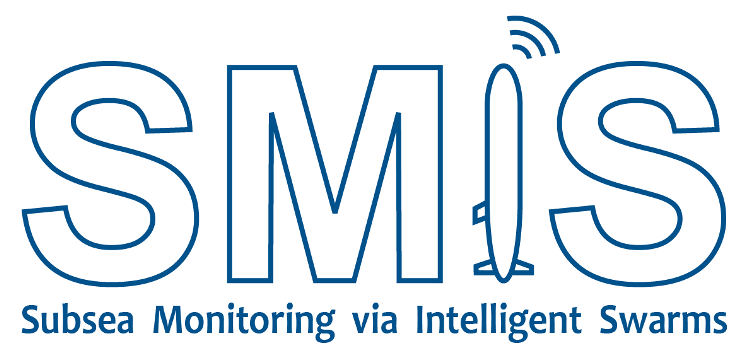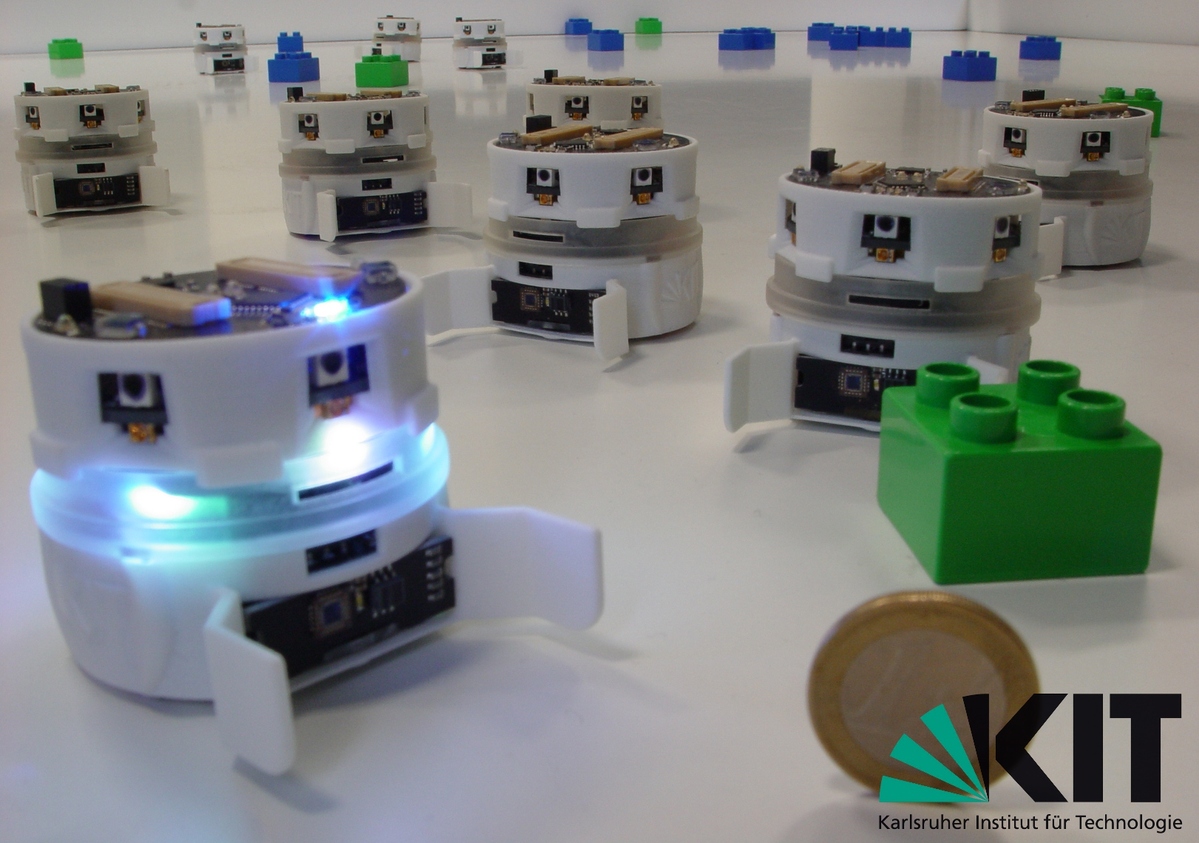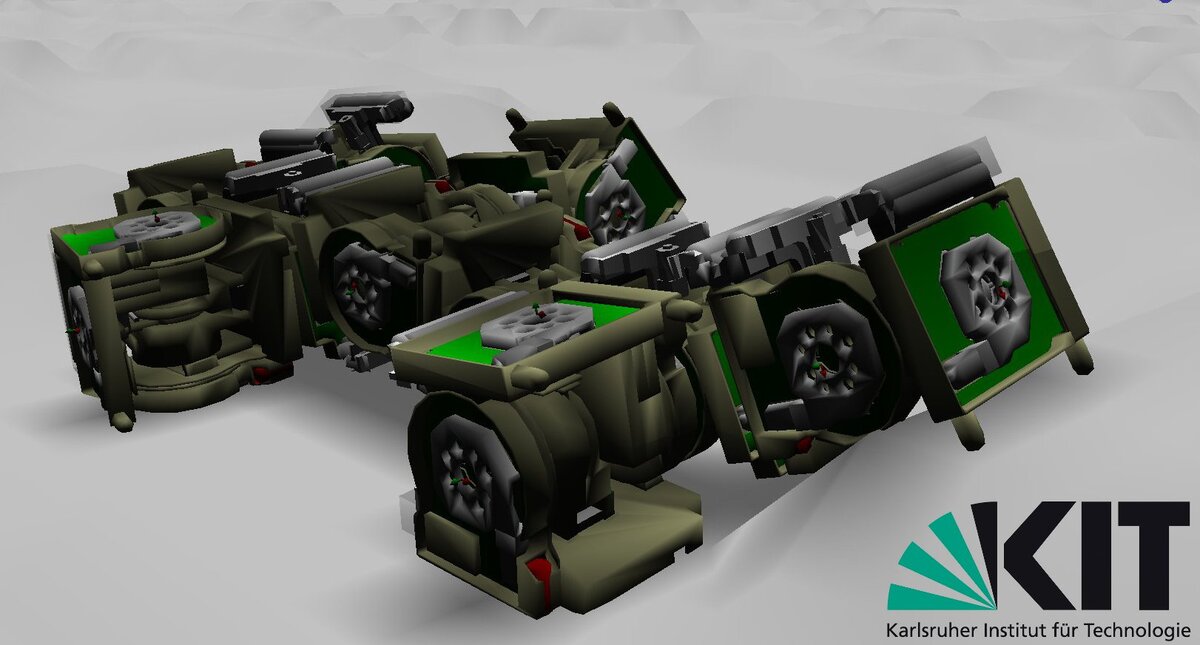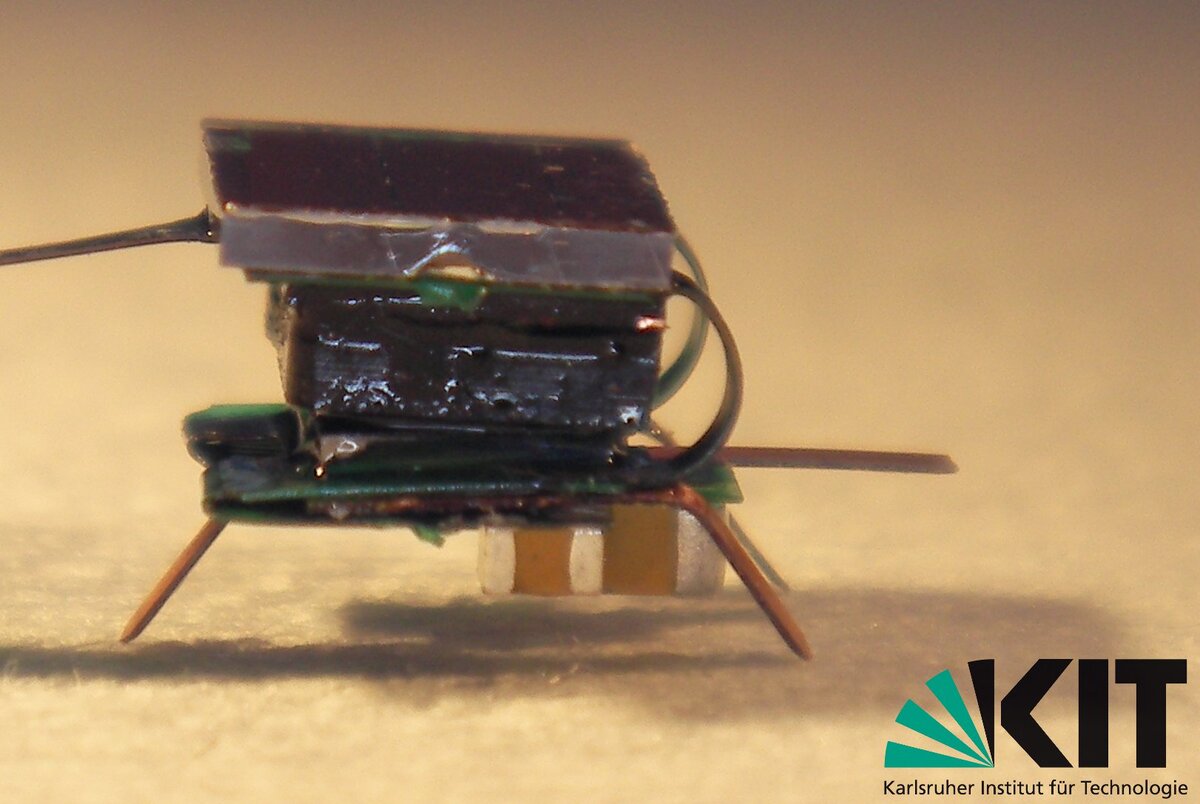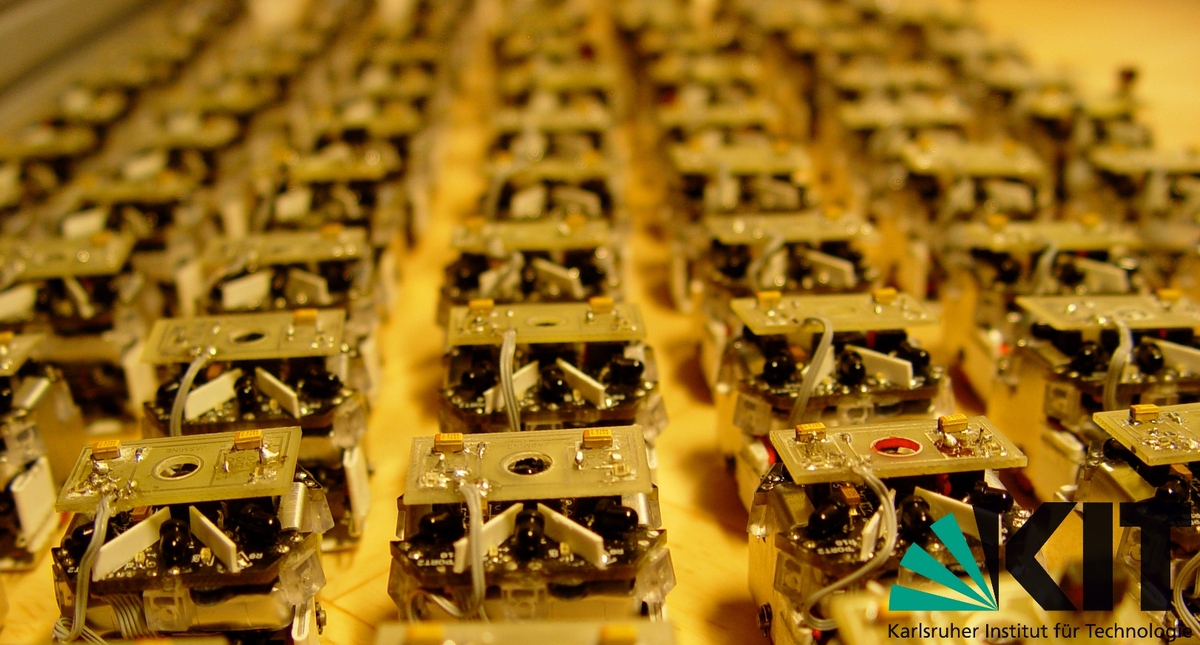Forschungsgebiete
Modulare Selbst-Rekonfigurierbare Roboter
Modulare, self-rekonfigurierbare Roboter sind autonome Maschinen die ihre Gesamtkonfiguration verändern können, indem sie Teile ihres Organismus an eine andere Stelle eigenständig umsetzen können um sich an neue Gegebenheiten oder neue Aufagben anzupassen oder um sich selbst zu reparieren.
Schwarmrobotik
Multirobotersysteme die sich aus vielen autonomen Robotern zusammensetzen. Hierbei basiert die Steuerung der Systeme auf Selbstorganisationseffekten, welche durch lokale Kommunikation und Stigmergie zu stande kommen.
Research Areas
Modular Self-Reconfigurable Robotics
Modular, self-reconfigurable robots are autonomous machines which can change their morphology by rearranging the connectivity of their parts, in order to adapt to new circumstances, perform new tasks, or recover from damage.
Swarm Robotics
Multi-robot systems composed of many autonomous robots. The control of the system is based on self-organization, which is accomplished by local communication and stigmergy.
Projects
Open Source Project Robot3D
Since 2010. Robot3D(formerly known as Symbricator3D) is an Open-Source project which has been developed within the European projects REPLICATOR and SYMBRION. Aim of that platform is to simulate swarm robots as well as modular self-reconfigurable robots. The simulation environment is modular in such a way that different applications and experiments can be integrated. Within the European projects the platform is used to investigate bio-inspired algorithms, such as hormone-based controllers or the evolution of robot organisms, as well as engineered algorithms, such as cognitive sensor fusion.
To the Robot3D website: here.
EU-Project SYMBRION Enlarged EU
Since 2010. It is an extension to the SYMBRION project to improve the simulations.
Wanda Project
Since 2009. The Wanda swarm robot is a successor of the Jasmine robot. Marc Szymanski and Alexander Kettler have developed it within the KIT-CoRoL project. At the IPR there are numerous robots available including an arena for different swarm experiments.
EU-Project SYMBRION
Since July 2008. This project's goal is the research and development of new principles of adaption and evolution for organisms that may consist of a huge amount of single robots. Therefore large-scale swarms of robots are to be enabled to aggregate to a complex organism. Inside of such an artificial life form it is desired for energy and computing resources to be distributed among the single entities, just like in a symbiosis, as each single robot only provides very limited amounts of resources and capabilities. By aggregating to a bigger organism, complex challenges that cannot be coped with by single robots or even swarms of those, may be solvable then.
The projects REPLICATOR and SYMBRION are tightly connected as they use the same robot platforms. In the SYMBRION project biological related questions are of interest. The REPLICATOR project aims more for the technical realization. More.
To the website: here.
EU-Project REPLICATOR
Since July, 2008. This project focuses on the development of an advanced robotic system, consisting of a large-scale swarm of autonomous mobile robots that are capable of self-assembling into artificial organisms. These robotic organisms possess common energy and information buses as well as reliable legged, wheeled or climbing locomotions, based on modular subsystems which can be autonomously reconfigured. Thanks to the heterogeneity of the elementary robots and their capability to share resources and to communicate, the robotic organisms are able to achieve large computational power, and rich close- and far-range sensing. The energy is autonomously harvested from external power sources.
The main goal of the project is to develop novel principles underlying these robotic organisms, such as self-configuration, self-adjustment and self-learning. The bio-inspired evolutionary approaches and evolvable hardware structures adopted in this project enable the robotic organisms to emerge new functionalities, to develop their own cognitive and control structures and, finally, to work autonomously in uncertain situations without any human supervision.
A possible application of these robotic organisms is to build autonomous sensor networks, capable of self-spreading and self-maintenance in open-ended, even hazardous, environments, due to the organism's extremely adaptive, robust, and scalable capabilities. With over fifty scientists from eight different European countries, the REPLICATOR and SYMBRION projects are together the largest research project in the field of modular robotics in the world. More.
To the website: here.
EU-Project I-Swarm
Okt, 2007 - Juni 2008. The aim of the I-SWARM Project was the development of miniaturized robots with an edge length of 3mm. The IPR was involved with the design and the implementation of the control for those robots. More.
Open Robot Project JASMINE
This project started as a subproject of the I-Swarm-project. Its aim was the development of an open robotics platform for swarm experiments, swarm games et cetera.
Miscellaneous
In the media
Quarks und Co - Das Geheimis des Schwarms (WDR 10.04.2007)
hitec - Die geheimen Baupläne der Natur (3SAT 20.01.2008)
Sonstiges
In den Medien
Quarks und Co - Das Geheimis des Schwarms (WDR 10.04.2007)
hitec - Die geheimen Baupläne der Natur (3SAT 20.01.2008)



